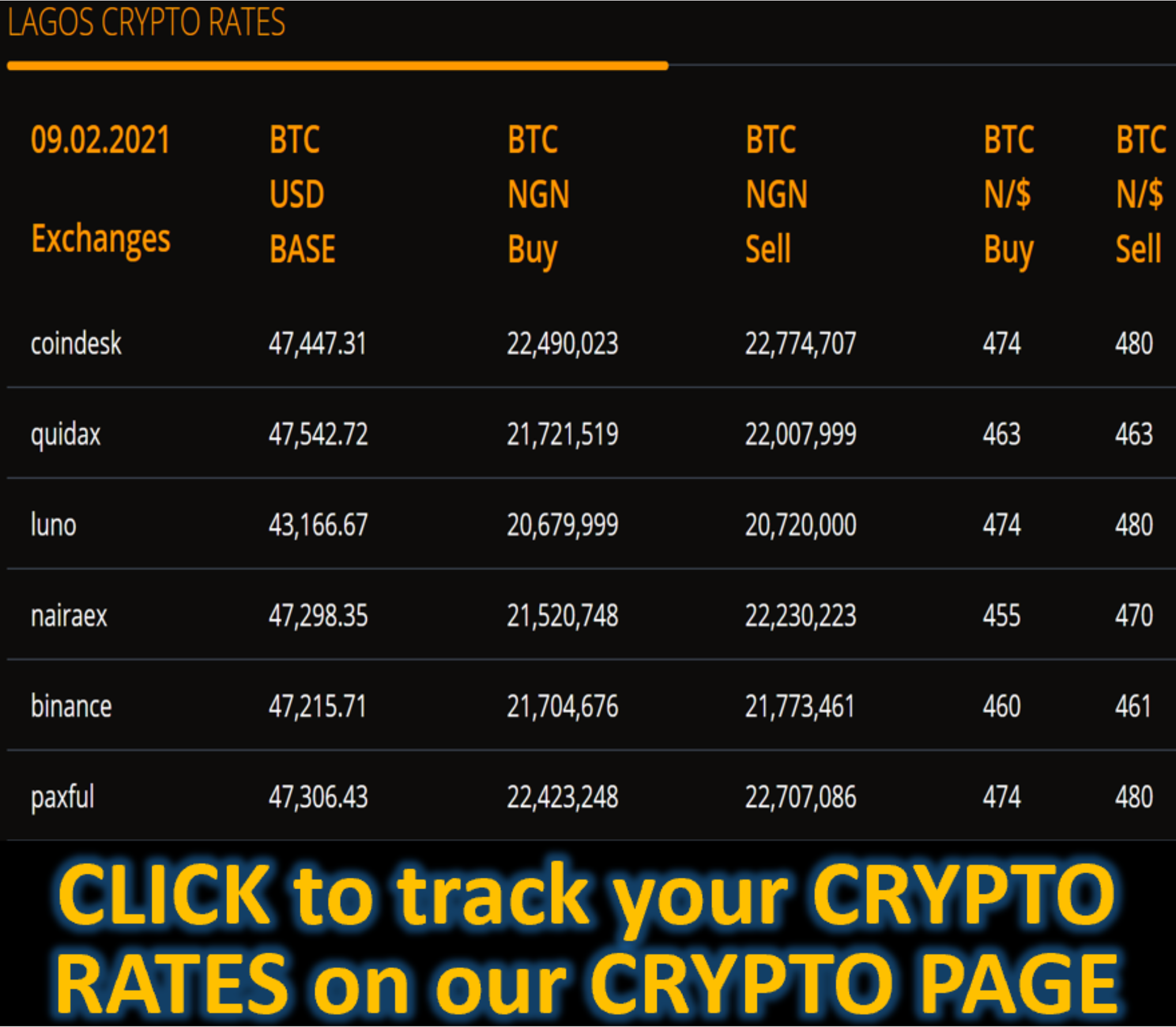Market News
Currency Traders Are Positioning for Global Surge in Volatility - BLOOMBERG
(Bloomberg) -- Traders are preparing for a surge in currency volatility around the world after the cost of hedging dollar moves over the next week climbed to the most expensive since early 2020.
The options market shows investors expect to see big price swings in Group-of-10 currencies, particularly in Japan’s yen, the Norwegian krone and New Zealand’s dollar. The Mexican peso, the Chinese yuan and South Korea’s won also look vulnerable.
Preparations for a swathe of currency volatility are picking up pace as one-week options now capture the US election day for the first time. National polling averages show a virtual dead heat between Kamala Harris and former President Donald Trump just a few days before Americans head to the polls on Nov. 5.
Here’s a breakdown of some key FX options moves:
Mexican Peso
Traders are preparing for turbulence after the peso slumped this week to the lowest level since September 2022. One-week volatility has climbed to the highest in more than four years, and a key options-market measure — the gap between currency swings now, and those projected in the future — widened to the second highest since Bloomberg began compiling data in 2007.
The peso has become a lightning rod for some investors as its proximity to the US makes it uniquely influenced by whoever is in power there, but also because Trump has vowed to slap tariffs on US firms moving production to Mexico if he wins.
Chinese Yuan
Volatility in onshore-traded yuan is set for its strongest close in at least two decades as traders look to hedge the risk of a global trade war that could disproportionately hurt China. Trump has threatened to raise tariffs to 60% on goods imported from China. BNP Paribas SA predicts the yuan to drop by 7% from current levels if China doesn’t retaliate in kind.
China’s top legislative body will also hold a highly anticipated session in Beijing on Nov. 4-8, the week of the US election, as investors watch for approval of fiscal stimulus to revive the slowing economy. Any details on such measures are likely to move the currency.
Meanwhile volatility in the offshore yuan — a more liquid and accessible way to play Chinese risk for many global traders — is near record highs.
Euro
Volatility in the euro — also vulnerable to any trade tariffs that a victory for Trump could entail — has jumped the most since 2020 and is trading at its highest level since March 2023. So-called risk reversals — a gauge of appetite for options to buy rather than sell the currency — show traders remain bearish on the euro, although positioning for short-term moves has become more positive in recent days in line with a bounce for the currency in the spot market.
The euro is seen revisiting parity against the dollar after Trump criticized Europe for taking advantage of the US in terms of trade. Goldman Sachs Group Inc. said the euro could drop as much as 10% versus the dollar if Trump and the Republicans win the elections. In preparation for that outcome, the European Union has started readying a list of US trade targets.
Hedge funds are showing demand for contracts that benefit if the euro falls to $1.05 over the next three months, according to FX traders familiar with the transactions, who asked not to be identified because they aren’t authorized to speak publicly. This is also reflected in trades that have gone through the Depository Trust & Clearing Corporation this month.
Japanese Yen
While the yen is seen as the most sensitive Group-of-10 currency over the next week, this is largely a result of shifting rate differentials between the US and Japan. The Bank of Japan on Thursday held interest-rates steady, and traders see the central bank hiking again in either December or January. The Federal Reserve is meanwhile expected to ease policy next week, but questions remain over the extent of cuts over the next 12 months.
Traders have added bullish dollar exposure lately. Risk reversals suggest investors are positioning for a continuation of the latest spot rally.
NOTE: Vassilis Karamanis is an FX and rates strategist who writes for Bloomberg. The observations he makes are his own and are not intended as investment advice
--With assistance from Anya Andrianova and Cormac Mullen.









